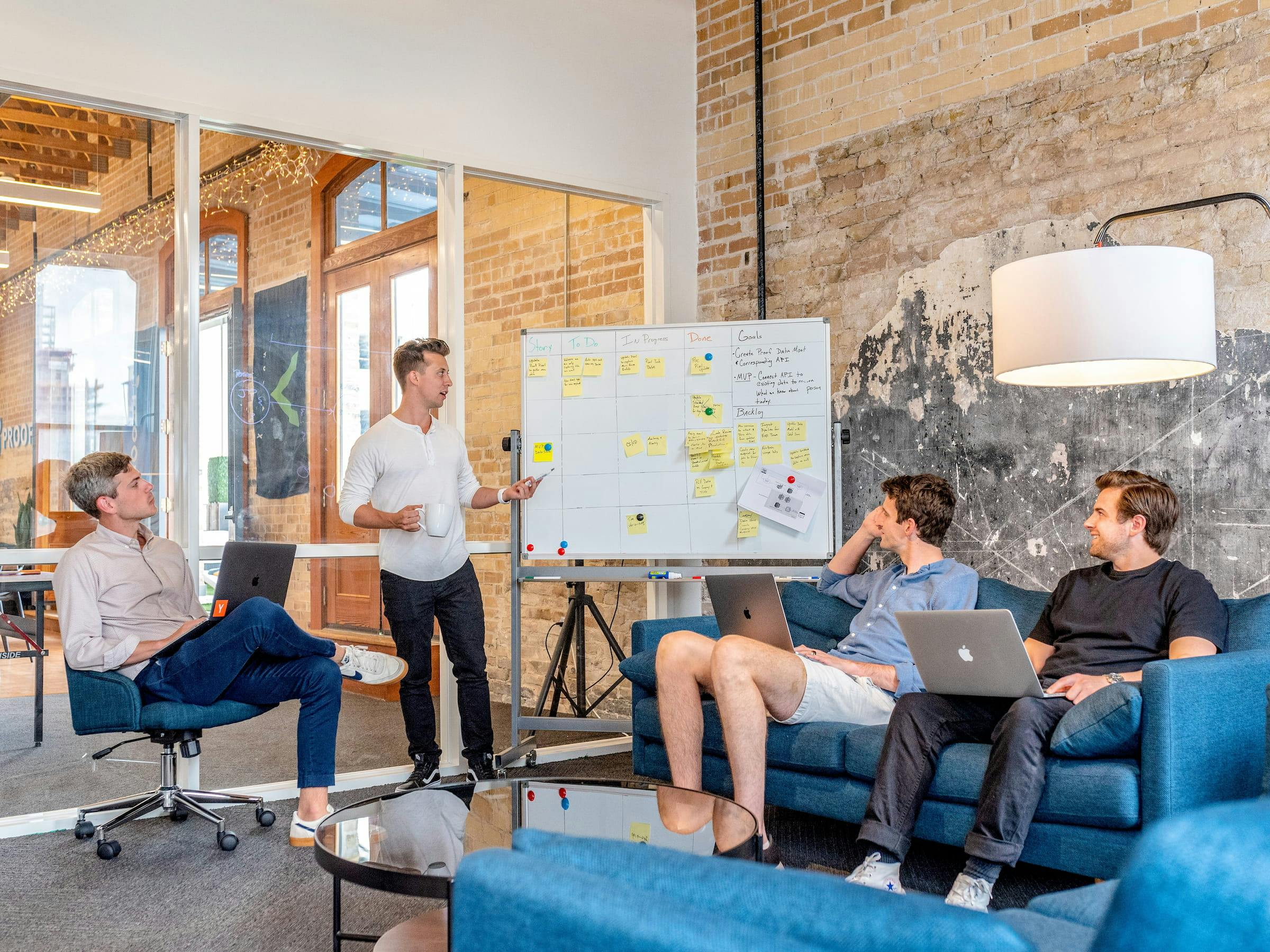The process - How we'll work together
We believe in efficiency and maximizing our resources to provide the best value to our clients. The primary way we do that is by re-using the same five projects we’ve been developing for the past decade.

Initial Meeting/Consultation
The initial meeting with the client allows you to understand their business, their goals, and what they're hoping to achieve with the web application. This will give you the chance to collect the necessary information to inform the next steps.
Included in this phase
- Team Introduction
- Business Understanding
- Problem Identification
- Expectations Discussion
- Timeline
- Budget

Requirement Gathering and Analysis
After the initial meeting, you'll want to delve deeper into the requirements for the application. You'll identify the functionality the client needs, what existing systems the web app might need to interface with, and any constraints like budget or deadlines.
Included in this phase
- Functionality Discussion
- Audience Analysis
- Risk Identification
- System Evaluation
- Feature Prioritization

Project Proposal and Agreement
Based on the requirements gathered, prepare a proposal outlining the project scope, timeline, costs, and deliverables. This includes specifying all the features the web app will have and the technologies you plan to use. Review the proposal with the client and make any necessary adjustments. Once you both agree, this becomes the plan for the project.
Included in this phase
- Proposal Preparation
- Technology Discussion
- Maintenance Planning
- Proposal Review
- Agreement Finalization

Design and Prototyping
The design phase involves creating wireframes or mockups of the web application, showing what it will look like and how it will work from the user's perspective. This may include user interface design, user experience design, and data flow diagrams. Review these designs with the client to get feedback and approval.
Included in this phase
- Wireframe Development
- UI/UX Design
- Data Flow Determination
- Client Review
- Design Approval

Development
This is where the actual coding happens. Follow the specifications you've agreed on and use the designs to build the web application. You might work in sprints, developing features in small, manageable chunks and regularly updating the client on your progress.
Included in this phase
- Coding
- Sprint Updates
- Database/API Development
- Frontend Implementation
- Version Control

Testing
After the development phase, you need to thoroughly test the application. This can include unit testing, integration testing, system testing, and user acceptance testing. It's important to ensure that all parts of the app work correctly individually and together.
Included in this phase
- Unit Testing
- Integration Testing
- System Testing
- User Acceptance Testing
- Bug Fixing

Client Review and Feedback
After testing, present the web application to the client for review. They can provide feedback, which you'll use to make any necessary revisions. This may involve going back to the development and testing stages.
Included in this phase
- Client Presentation
- Feedback Collection
- Revision Implementation
- Client Approval
- Feedback Loop

Deployment
Once the client is satisfied with the web application, deploy it to the production environment. This can involve setting up servers, configuring databases, and other technical tasks.
Included in this phase
- Deployment Planning
- Server Configuration
- Application Deployment
- Smoke Testing
- Client Training

Maintenance and Support
After the web application is live, it will need ongoing maintenance and support. This can involve updating the app to add new features, fix bugs, improve security, or keep up with changes in the client's business.
Included in this phase
- Issue Resolution
- Regular Updates
- Feature Development
- Data Backup
- Technical Support

Review and Evaluation
Periodically review the project with the client to assess its success and identify any lessons learned for future projects. This can help improve your process for future projects and ensure the client is satisfied with your work.
Included in this phase
- Success Discussion
- Performance Analysis
- Client Feedback
- Lessons Documentation
- Future Planning
Values - Navigating Innovation and Familiarity
I consistently aim to keep up with the latest trends and breakthroughs in technology. At the same time, I recognize the value in familiar, tested frameworks I am comfortable using. This inclination reflects my belief in balancing innovation with reliability. My core values guide this journey, offering a justification for my approach and reinforcing my commitment to excellence.
Let’s work together!!
You can find me in person at:
- Edmonton
Wherever there’s good internet
Alberta, Canada